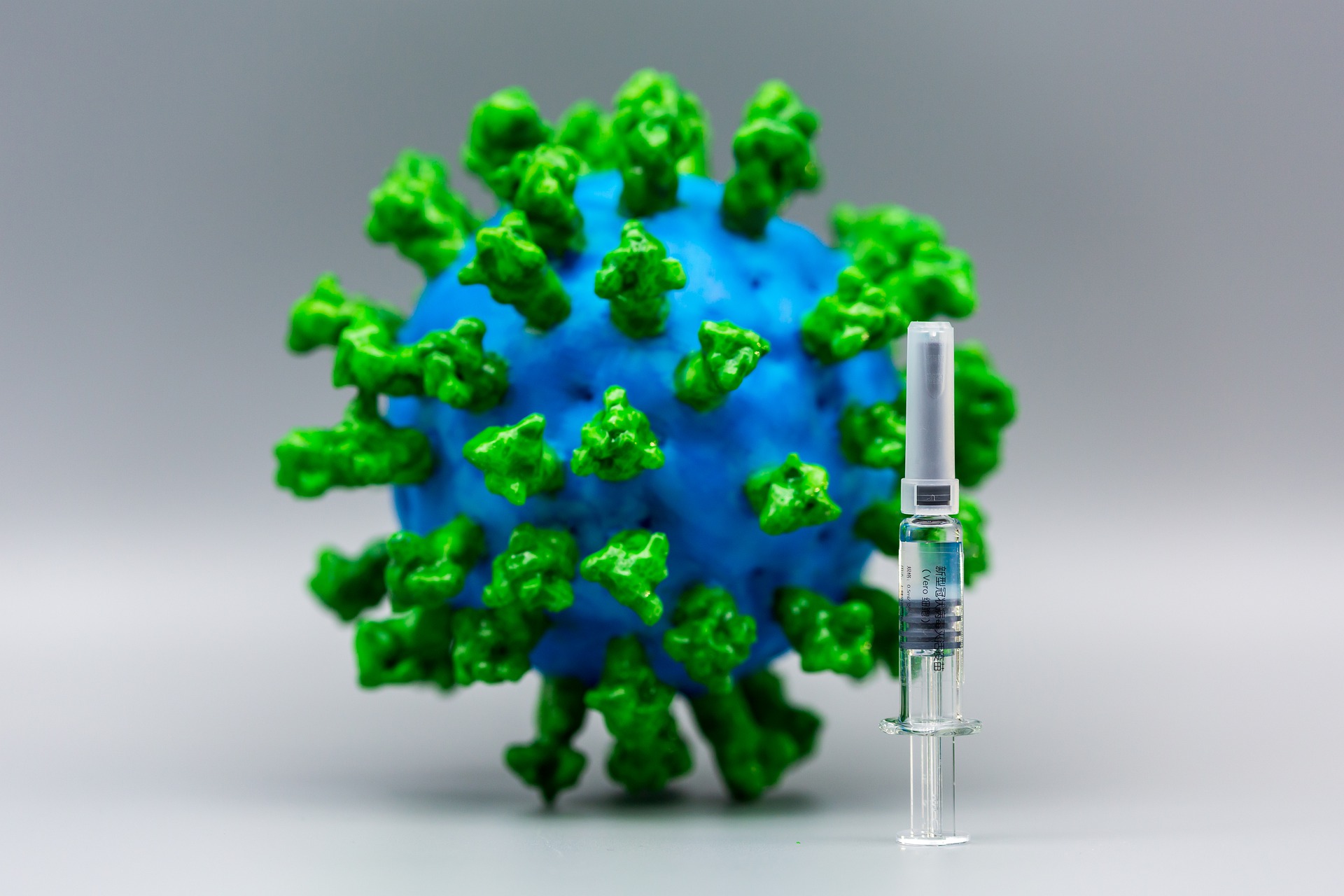News release
From:
COVID-19: Transmission reduction needed during vaccination campaigns to stop resistant strains *PRESS BRIEFING*
Transmission reduction of SARS-CoV-2 by non-pharmacological measures, such as wearing masks, is needed throughout vaccination campaigns to reduce the probability that vaccine resistant strains emerge, according to a modelling study published in Scientific Reports.
Fyodor Kondrashov and colleagues simulated the probability that a vaccine resistant strain may emerge in a population of 10,000,000 individuals over three years with vaccinations starting after the first year. The authors took into consideration vaccination rates, mutation rates and changes in transmission rates (waves of high and low transmission) similar to those following interventions such as lockdowns.
The authors’ modelling suggests that a fast rate of vaccination decreases the probability that a resistant strain may emerge. However, the model also showed that if relaxation of non-pharmaceutical interventions happened at a time when most individuals in the population had already been vaccinated, the probability of emergence of a resistant strain greatly increased. The authors suggest that this may be due to a growth advantage of the resistant strain over the original strain (wild-type) in the presence of vaccines. The authors also found that in scenarios when the resistant strain became established, it initially emerged around the time when 60% of the population had been vaccinated.
The authors recommend targeted non-pharmaceutical measures, such as mask wearing, extensive testing or social distancing, to reduce virus transmission rates towards the end of vaccination campaigns and allow emergent resistant strains to naturally become extinct. The authors suggest that any measures that reduce transmission, such as increased and widespread testing, rigorous contact tracing, high rates of sequencing and travel restrictions could increase the probability of emergent virus extinction, but note that they did not model the effect of these individual measures on virus transmission rates in their study. As vaccination delays in some countries may make the global emergence of a vaccine-resistant strain more likely, a truly global vaccination effort is necessary to reduce the chances of a global spread of a resistant strain, the authors conclude.
**Please note that an online press briefing for the paper below will take place UNDER STRICT EMBARGO on Thursday 29 July at 1400 London time (BST) / 0900 US Eastern Time**
Authors Fyodor Kondrashov and Simon Rella will discuss the research. This will be followed by a Q&A session.
To attend this briefing you will need to pre-register by following the link here. Once you are registered, you will receive an email containing the details for the briefing. You will also be provided with the option to save the details of the briefing to your calendar.



 International
International



